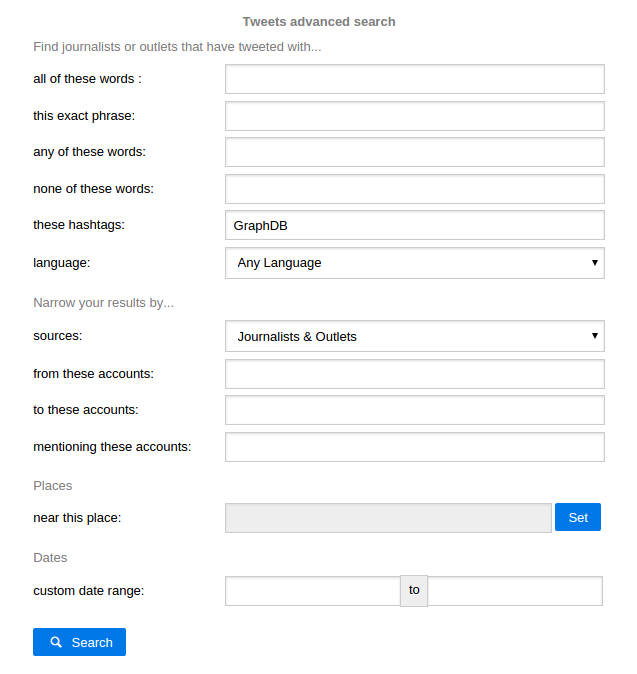Why Technology Hasn’t Delivered More Democracy – New technologies offer important tools for empowerment — yet democracy is stagnating. What’s up? by Thomas Carothers.
From the post:
The current moment confronts us with a paradox. The first fifteen years of this century have been a time of astonishing advances in communications and information technology, including digitalization, mass-accessible video platforms, smart phones, social media, billions of people gaining internet access, and much else. These revolutionary changes all imply a profound empowerment of individuals through exponentially greater access to information, tremendous ease of communication and data-sharing, and formidable tools for networking. Yet despite these changes, democracy — a political system based on the idea of the empowerment of individuals — has in these same years become stagnant in the world. The number of democracies today is basically no greater than it was at the start of the century. Many democracies, both long-established ones and newer ones, are experiencing serious institutional debilities and weak public confidence.
How can we reconcile these two contrasting global realities — the unprecedented advance of technologies that facilitate individual empowerment and the overall lack of advance of democracy worldwide? To help answer this question, I asked six experts on political change, all from very different professional and national perspectives. Here are their responses, followed by a few brief observations of my own.
…
Thomas gives this summary of the varying perspectives:
The contributors’ answers to the puzzle of why the advance of new communication technologies in the past fifteen years has not produced any overall advance of democracy in the world boil down to three different lines: First, it’s too soon to see the full effects. Second, the positive potential effects are being partially outweighed or limited by other factors, including some larger countervailing trends on the international political stage for democracy, the ability of authoritarian governments to use the same technologies for their own anti-democratic purposes, and the only partial reach of these technologies in many countries. And third, technology does not solve some basic challenges of democracy building, above all, stirring citizens to engage in collective action and the establishment of effective representative institutions.
Democracy has yet to arrive in the United States, although Leonard Cohen says it is coming in Democracy. The ill-gotten gains of IBM from supplying Nazi Germany in WWII to Monsanto’s war on crop diversity, are both immune from the effects of “democracy” as it is practiced in the United States. Which is to say not at all. Citizens can make choices within artificial boundaries that prevent imposition on the ruling class. Some “democracy.”
As far as the reach of technology in poorer countries, I was reminded of this image, goats in Somalia that bear the cell phone numbers of their owners.

The third concern, that technology doesn’t solve other problems, such a collective action and “effective representative institutions” comes as close as any to how I would answer the question.
You need only review the history of the second half of the 20th century to realize that oppressed people differ from their oppressors in only one way, they lack someone to oppress. Despite centuries of discrimination and oppression against Jews, Israel has practiced discrimination and oppression against Palestinians since its inception. Whatever justification makes that work for you, the fact remains that Palestinians are being oppressed by a formerly oppressed group.
You could substitute any other two names of religious or national groups and get the same result, so I am not singling out Israel for criticism.
The reason why technology fails to deliver more democracy or even make it more likely, is because technology can’t change us. If anything, it exacerbates some of our worse tendencies. Cyberbullying, sexual harassment, exploitation of children, and worse things are routinely enabled by technology.
Rather than chasing a false god of democracy in technology, we should look inward with a view of changing ourselves, if you are so minded. Not technology or others.


